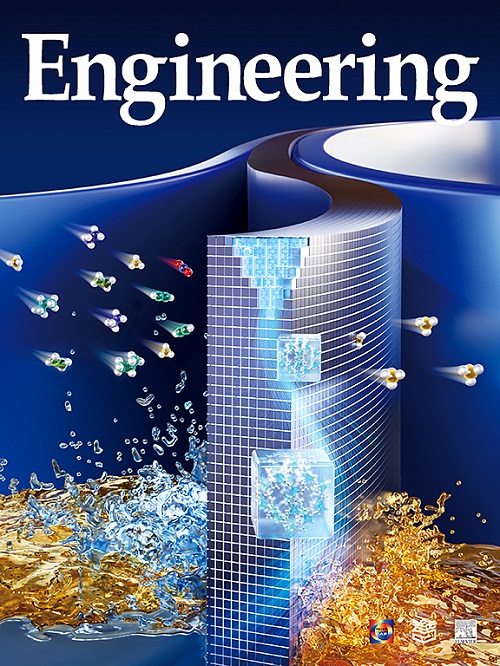Acoustofluidics at Audible Frequencies—A Review
IF 10.1
1区 工程技术
Q1 ENGINEERING, MULTIDISCIPLINARY
引用次数: 0
Abstract
Acoustofluidics is a term describing the class of phenomena in which mechanical or acoustic vibrations induce a deformation or a flow in a fluid. Many deficiencies in our understanding of these phenomena remain to be addressed, with respect to the fundamental theoretical framework as well as in numerous applications. In this regard, the frequency of external forcing is a key parameter. Owing to the low cost, substantial magnitude, and versatility associated with acoustofluidic phenomena at audible frequencies, studies of these phenomena in the audible range have emerged with increasing amount in recent years and have attracted considerable attention. However, compared with studies focusing on the ultrasonic frequency domain, critical features and information specific to audible acoustofluidics remain dispersed across many independent publications, and a systematic integration of the literature on this topic is necessary. Accordingly, this review summarizes the basic theory and methods for generating vibrations in the audible range, presents various applications thereof in biology, chemistry, and other fields, and provides a high-level overview of the current status of the topic to motivate developing interesting proposals for further research in this field of study.
求助全文
约1分钟内获得全文
求助全文
来源期刊

Engineering
Environmental Science-Environmental Engineering
自引率
1.60%
发文量
335
审稿时长
35 days
期刊介绍:
Engineering, an international open-access journal initiated by the Chinese Academy of Engineering (CAE) in 2015, serves as a distinguished platform for disseminating cutting-edge advancements in engineering R&D, sharing major research outputs, and highlighting key achievements worldwide. The journal's objectives encompass reporting progress in engineering science, fostering discussions on hot topics, addressing areas of interest, challenges, and prospects in engineering development, while considering human and environmental well-being and ethics in engineering. It aims to inspire breakthroughs and innovations with profound economic and social significance, propelling them to advanced international standards and transforming them into a new productive force. Ultimately, this endeavor seeks to bring about positive changes globally, benefit humanity, and shape a new future.
 求助内容:
求助内容: 应助结果提醒方式:
应助结果提醒方式:


